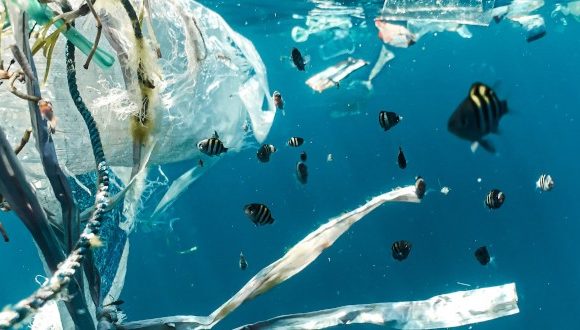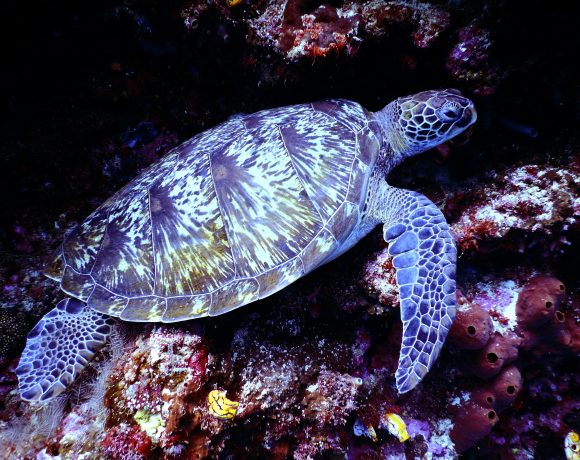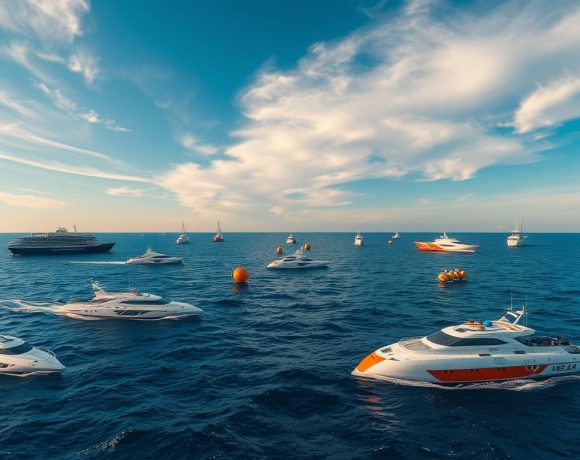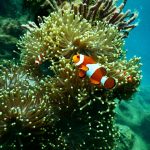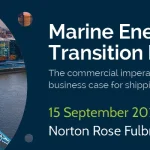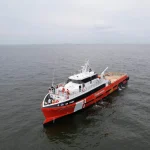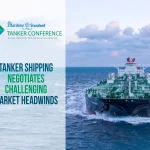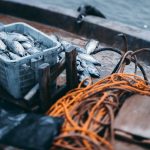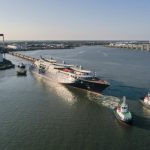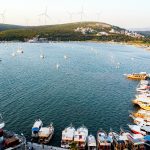Ocean Plastic Is Eating Up the World, But These Technologies Won’t Let That Happen
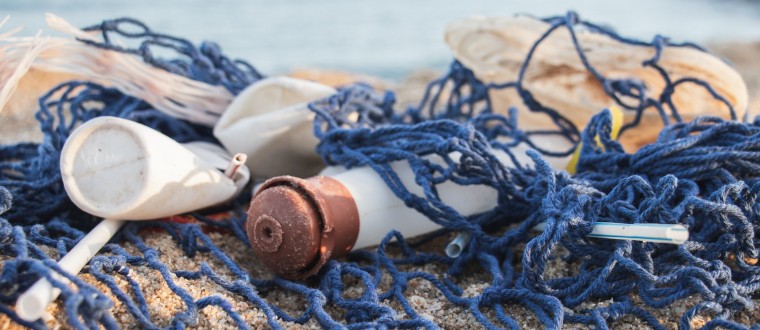
It’s a cold, hard fact: we are now paying the price for our use of plastic, and so are all the living creatures around us, especially those affected by ocean plastic. Every year, shoppers worldwide are using over 500 billion single-use plastic bags, which mean that every minute, about a million bags are used around the world.
Moreover, because plastic doesn’t decompose right away, they begin to accumulate in places they shouldn’t be, one of which is the sea.
Today, at least 5.25 trillion pieces of plastic debris can be found in the ocean. 269,000 tonnes of that is floating on the surface while a staggering 4 billion plastic microfibers per square kilometer is scatter deep in the sea.
Each year, approximately 100,000 marine creatures are found dead due to plastic entanglement, and who knows how many more are dying but are never found. Fortunately, these technologies are now available to help with the goal of removing as much plastic from the ocean to save the environment and most importantly, the creatures living in these waters:
The Floating Boom
In the effort to help catch plastic waste from the Great Pacific Garbage Patch, Dutch scientists for the Ocean Cleanup project designed a 600-metre long floating boom, and it’s finally doing its job after a few setbacks.
The organisation’s creator Boyan Slat tweeted: “Our ocean cleanup system is now finally catching plastic, form one-ton ghost nets to tiny microplastics! Also, anyone missing a wheel?”
The Great Pacific Garbage Patch is basically an island of rubbish made mostly of plastic waste formed by an ocean gyre between Hawaii and California. It is now three times the size of France and it keeps growing.
The Interceptor
Another technology being used by the Ocean Cleanup project is called “The Interceptor,” a solar-powered device that collects plastic across rivers.
From the device, the rubbish is then funneled to a floating processing plant where they are deposited into bins and later picked up by a boat for recycling. The Interceptor has been deployed in Vietnam, Indonesia and Malaysia, and they will soon be seen in countries with huge plastic problems like the United States and Dominican Republic.
The Bubble Barrier
Plastic waste in Amsterdam’s waterways has been a growing problem. In fact, Waternet, the organisation that manages these waterways sends five garbage boats to collect at least 42,000 kilograms of plastic each year.
But to make plastic collection more efficient, Waternet also started deploying what it calls “The Bubble Barrier.” This tube with compressed air is placed at the bottom of the canal to form a screen that helps catch floating debris. These pieces are then caught by the bubbles and pushed towards the surface where they can be carried to a catchment pool.
The Plastic Soup Foundation will test the waste collected from this device to see how much plastic is caught and what objects from what brands are caught.
The fight against plastic continues
More organisations are taking the conscious effort to find ways to use technology in solving the growing problem of plastic in the ocean. But we can also make a difference by being responsible shoppers.
Something as simple as bringing our own bags for groceries instead of using plastic bags can already do a lot in controlling plastic waste before it starts controlling us.
Sources:
River Plastic Pollution Technology
Dutch Inventor Demonstrates Device to Remove Plastic from Rivers
Ocean cleanup device successfully collects plastic for first time
Read more about marine pollution

